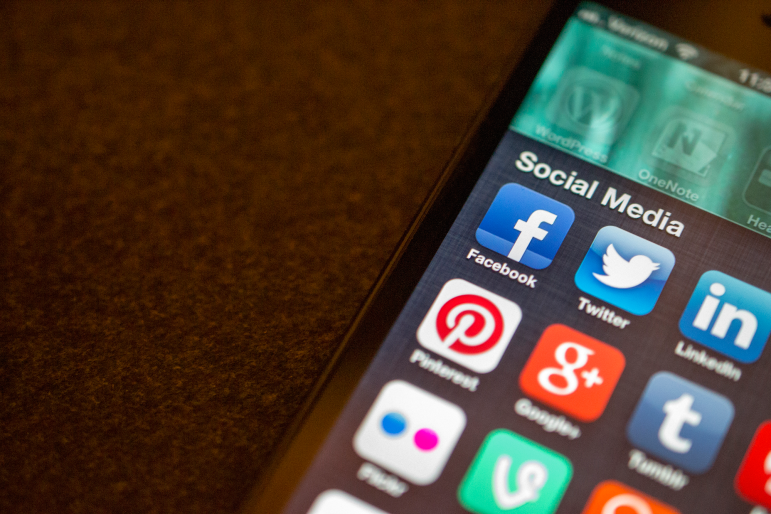Despite the ubiquity of social media, we don’t know much about how these new technologies are shaping religion. But there is growing evidence that Facebook, Twitter, Instagram, and Snapchat are changing how people think about their faith.
In the dark ages (any year prior to 1995), people had limited interactions with people outside their physical location. And when they did talk (literally), they often were often communicating with others like themselves.
Social media arguably may make our social interactions more shallow, but they are also far wider. A high school student checking Instagram can see what dozens or even hundreds of her classmates are saying and doing. Sometimes, religion is a part of this broadcasting of their personal lives.
Just yesterday, I was talking to a teenager whose his friends who were posting pictures from their confirmations. The teenager wasn’t Catholic and didn’t have a clue what “confirmation” meant. But he knew it must be important in the lives of his friends and their families. What was once limited to the walls of the local parish was now on the phones of hundreds of teenagers. Today at school, no one may mention confirmation or talk about it. But because of social media, the high school students were exposed to an important part of the religious life of their Catholic friends.
What effect does this exposure have on youth and young adults?
Paul McClure, a doctoral student at Baylor University, examined this question using data from the National Study of Youth and Religion. This survey has tracked thousands of from their youth through their 20’s.
What is truly valuable about the National Study of Youth and Religion (NSYR) is that it allows researchers to see how behaviors earlier in life affect later decisions and beliefs. In this case, McClure was able to test how using social networking sites in their late teens and early 20s affected their views of religion several years later.
Taking into account many other factors, McClure found that social media users were more likely to believe that they can pick-and-choose their beliefs. The NSYR asked if people agreed with this statement:
“Some people think that it is okay to pick and choose religious beliefs without having to accept the teachings of their religious faith as a whole.”
Those who had used social media earlier in life were more likely to agree than those who had not. This effect held even after controlling for current religious practices, such as church attendance.
Social media users were also more likely to say that it is “OK for someone of your religion to also practice other religions” and not that they “should people only practice one.”
McClure also found one belief that was not affected: social media didn’t change the belief that all religions are true.
In other words, it’s not that that social media leads people to believe that all religions are equally true. Instead, people to see themselves as being able to pick-and-choose the truth from their own faith and from others.
The teenager I talked to yesterday had never heard of “confirmation.” Just because he saw his friends on Snapchat and Instagram didn’t change his views of the Catholic Church. But what may happen is that he comes to see bits of truth and value in other traditions; he may question or ignore parts of his own tradition.
It’s not an all-or-nothing decision: It’s a world in which he gets pick the emojis.
Don’t miss any more posts from the Corner of Church & State. Click the red subscribe button in the right-hand column. Follow @TobinGrant on Twitter and on the Corner of Church & State Facebook page.





